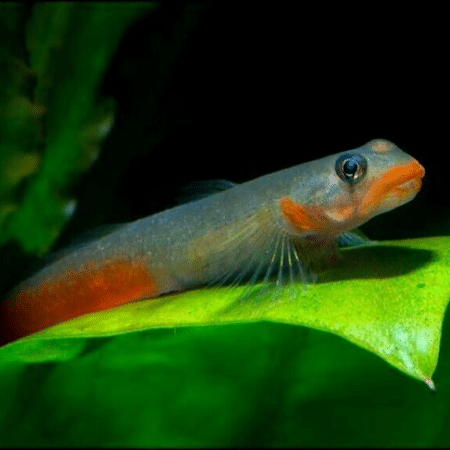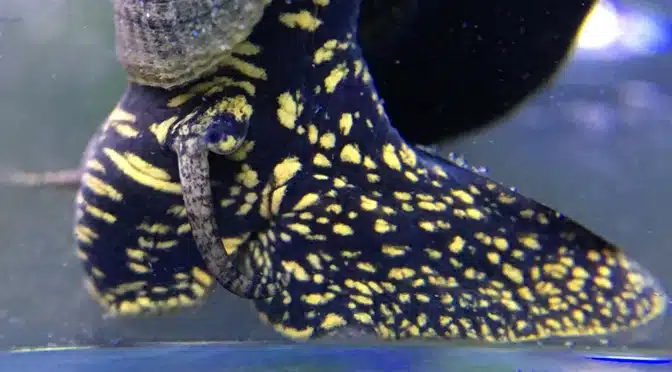To provide the best experiences, we use technologies like cookies to store and/or access device information. Consenting to these technologies will allow us to process data such as browsing behaviour or unique IDs on this site. Not consenting or withdrawing consent, may adversely affect certain features and functions.
The technical storage or access is strictly necessary for the legitimate purpose of enabling the use of a specific service explicitly requested by the subscriber or user, or for the sole purpose of carrying out the transmission of a communication over an electronic communications network.
The technical storage or access is necessary for the legitimate purpose of storing preferences that are not requested by the subscriber or user.
The technical storage or access that is used exclusively for statistical purposes.
The technical storage or access that is used exclusively for anonymous statistical purposes. Without a subpoena, voluntary compliance on the part of your Internet Service Provider, or additional records from a third party, information stored or retrieved for this purpose alone cannot usually be used to identify you.
The technical storage or access is required to create user profiles to send advertising, or to track the user on a website or across several websites for similar marketing purposes.

















Emily Rodriguez (verified owner) –
I recently added the Yellow Spotted Rabbit Snail to my freshwater tank, and I couldn’t be happier! These little guys are not only beautiful with their unique yellow spots, but they also make excellent scavengers. After just two weeks, I’ve noticed a significant decrease in algae build-up, and my tank looks cleaner than ever.
I love how they peacefully coexist with my fish; there’s no aggression at all. Unlike some other freshwater snails I’ve tried, the Yellow Spotted Rabbit Snail is super gentle and doesn’t disturb the substrate much, which keeps my plants happy too.
One minor concern is that they do prefer a bit of calcium in their diet, so I make sure to supplement with cuttlebone. However, that’s a small trade-off for the joy they bring. I highly recommend these snails for anyone looking to add personality and functionality to their aquariums. They’re perfect for both novice and experienced aquarists! Overall, a fantastic choice if you’re looking to enhance your freshwater setup!
Emily Roberts (verified owner) –
I’ve been an aquarium enthusiast for over five years, and I recently added the Yellow Spotted Rabbit Snail to my tank. What a fantastic choice! These freshwater snails are not only stunning with their unique yellow spots, but they have also been incredibly easy to care for. After just a couple of weeks, I noticed them happily grazing on the algae and leftover food, helping to keep my tank clean without any fuss.
I have them in a community tank with guppies and tetras, and they get along beautifully! Compared to other snails I’ve tried, like the common pond snail, the Yellow Spotted variety is much less invasive and adds a lively touch to my aquatic plants.
One minor concern is that they prefer slightly warmer temperatures, so make sure your heater is set just right. Overall, I highly recommend these snails for anyone looking to add character to their aquarium while also ensuring a healthy environment for their other fish. They’re perfect for both newbies and seasoned aquarists alike. I will definitely be purchasing more!